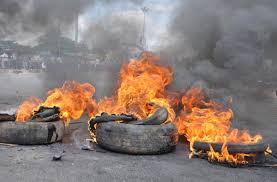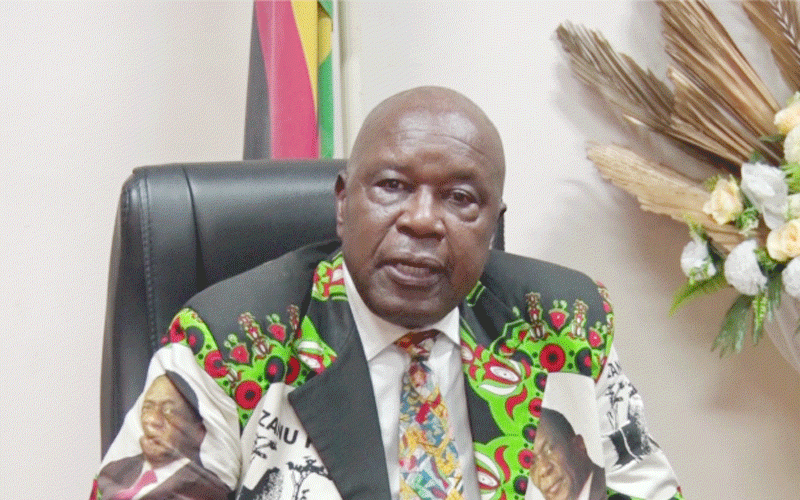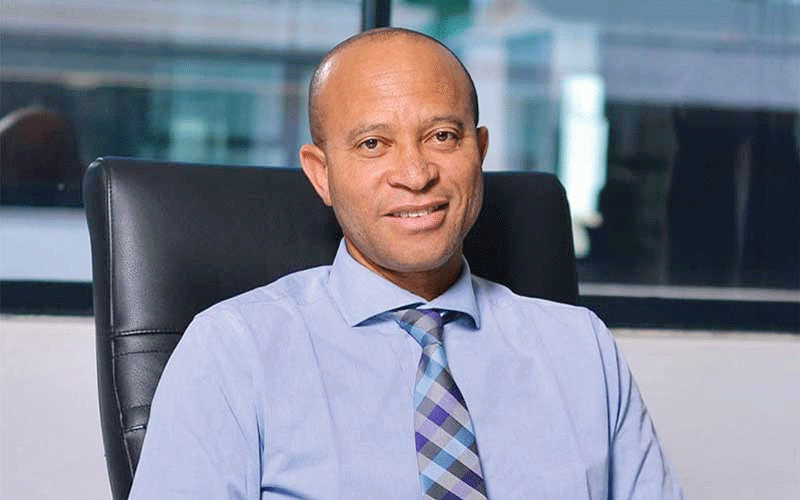GOVERNMENT has been urged to direct devolution funds towards the Gwayi-Shangani Dam project, which is seen as the long-lasting solution to Bulawayo’s water woes.
The project, which entails drawing water from the Zambezi to Bulawayo, has missed numerous deadlines many years after it was mooted.
President Emmerson Mnangagwa had promised to have the project completed ahead of last year’s elections.
Construction of the dam slowed down after the August 2023 elections.
Bulawayo Senator Collet Ndlovu said devolution funds should be directed to the project in the face of the devastating effects of climate change.
“We are expecting that the government can look into devolution funds so that the funds may be channelled to Gwayi-Shangani Dam so that people can get livelihoods because water is life to people,” Ndlovu said this in the Senate on Wednesday last week.
He said the lives of people and livestock in the Matabeleland region were at risk because of the effects of climate change.
“The Gwayi-Shangani Dam project has been talked about for a long time, but up to now has not been completed, so as the government we should be careful that people do not die and provide relief for the water crisis,” the lawmaker said.
“The issue of water is very important. If you look at places like Bulawayo, it goes for three to five weeks without water, hence affecting the livelihoods of the citizens.”
Bulawayo faces its worst water crisis in years with residents now going for many days without a drop in their taps.
Government has refused to declare Bulawayo a water crisis area to allow the local authority to mobilise resources from outside to undertake urgent short-to-medium-term projects to alleviate the challenge.
The ambitious project to pipe water from the Zambezi River, 452km from Bulawayo, was mooted in 1912, but was abandoned by successive governments due to the huge cost involved.
There have been successive budget allocations from Treasury towards the project, with timelines set for its conclusion, but the project remains in the initial stages of implementation.





